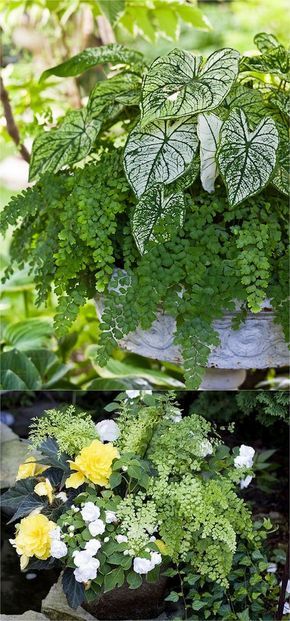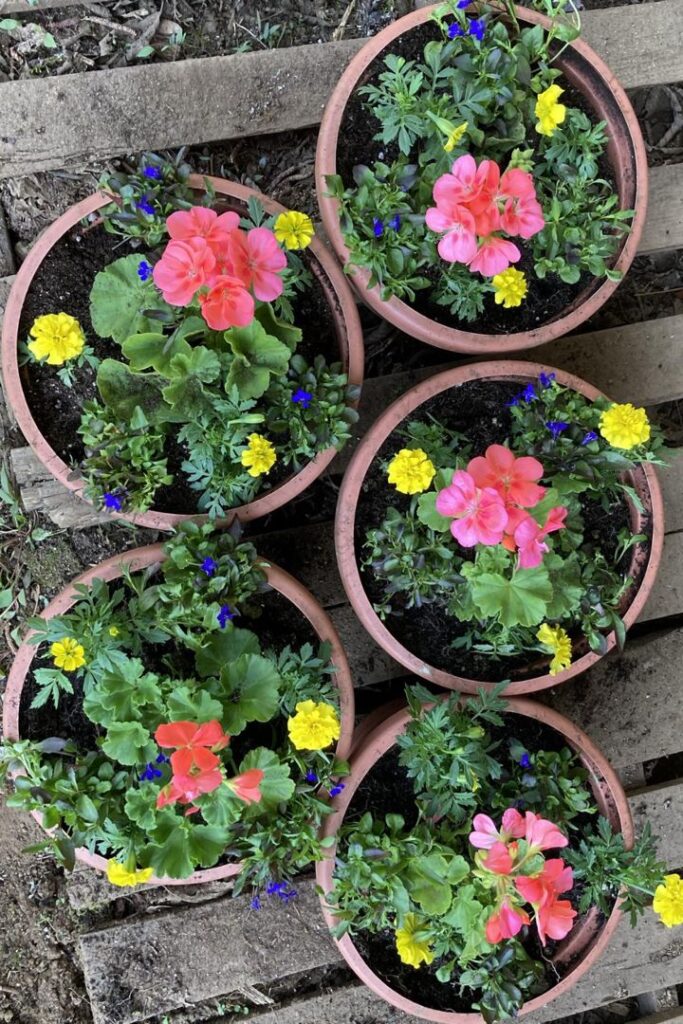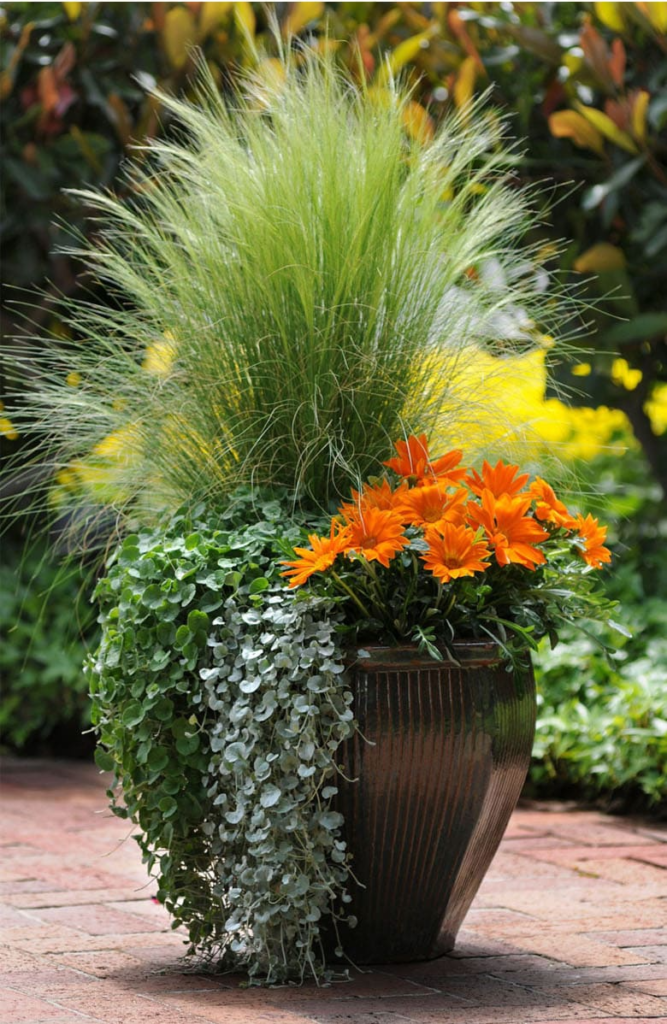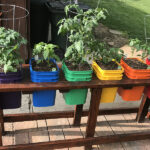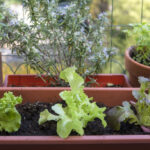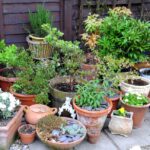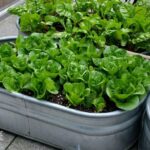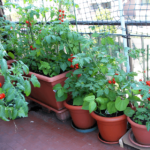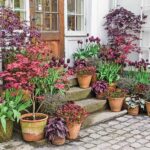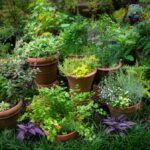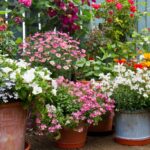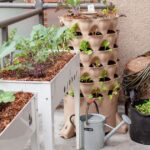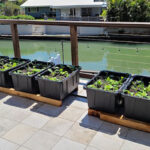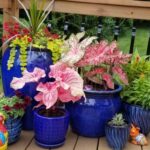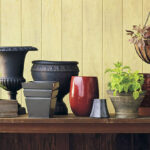Garden containers are a versatile and practical solution for adding beauty and greenery to any outdoor space. Whether you have a small balcony, a large patio, or a sprawling garden, containers can help you create a stunning display of plants, flowers, and even vegetables. They come in a wide variety of shapes, sizes, and materials, making it easy to find the perfect container to suit your style and needs.
One of the key benefits of using garden containers is their flexibility. With containers, you can easily move your plants around to optimize their sun exposure, protect them from harsh weather conditions, or simply change up the look of your outdoor space. This makes containers an ideal option for renters or anyone who wants to experiment with different layouts and designs without committing to permanent landscaping.
When choosing garden containers, it’s important to consider the material. Popular options include clay, plastic, wood, metal, and ceramic. Each material has its own benefits and drawbacks. Clay pots are porous, allowing for good airflow to the roots, but they can dry out quickly. Plastic containers are lightweight and affordable, but they may not provide adequate insulation for the roots. Wooden containers have a natural look and feel, but they can rot over time if not properly treated. It’s essential to choose a material that suits the needs of your plants and the conditions of your outdoor space.
In addition to material, drainage is another crucial factor to consider when selecting garden containers. Proper drainage is essential for healthy plant growth, as it prevents water from accumulating and causing root rot. Most containers come with pre-drilled holes at the bottom, but if not, it’s easy to drill your own. Additionally, adding a layer of gravel or small stones at the bottom of the container can help improve drainage and prevent waterlogged soil.
To create a visually appealing container garden, consider mixing different plants with varying heights, textures, and colors. For a cohesive look, stick to a color scheme or theme, such as a tropical oasis or a cottage garden. You can also experiment with different container arrangements, such as grouping containers together in clusters or placing them strategically around your outdoor space to create focal points. With a little creativity and experimentation, you can create a stunning container garden that will be the envy of your neighbors.
